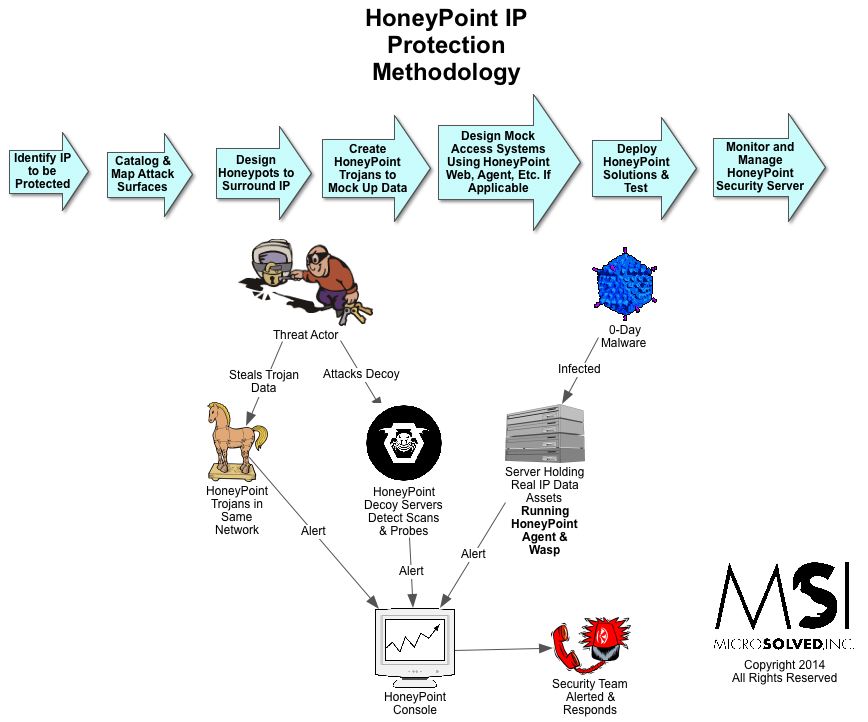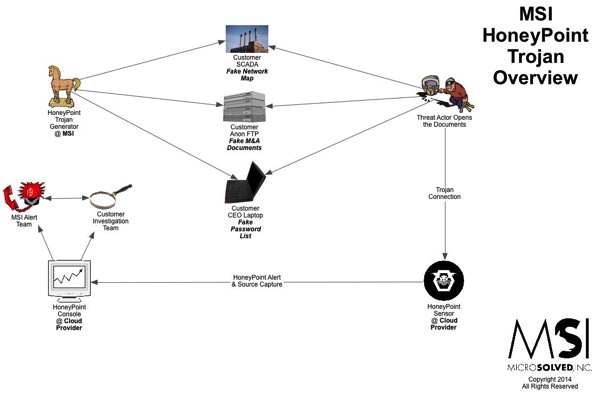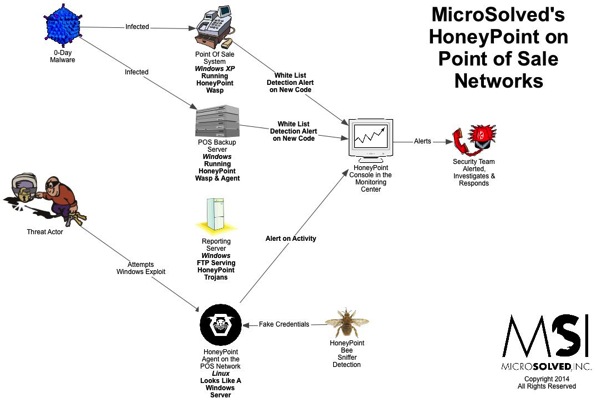All of us suffer from complacency to one extent or another. We know intellectually that bad things can happen to us, but when days, months and years go by with no serious adverse incidents arising, we tend to lose all visceral fear of harm. We may even become contemptuous of danger and resentful of all the resources and worry we expend in aid of problems that never seem to manifest themselves. But this is a dangerous attitude to fall into. When serious problems strike the complacent and unprepared, the result is inevitably shock followed by panic. And hindsight teaches us that decisions made during such agitated states are almost always the wrong ones. This is true on the institutional level as well.
During my years in the information security industry, I have seen a number of organizations founder when struck by their first serious information security incident. I’ve seen them react slowly, I’ve seen them throw money and resources into the wrong solutions, and I’ve seen them suffer regulatory and legal sanctions that they didn’t have to incur. And after the incident has been resolved, I’ve also seen them all put their incident response programs in order; they never want to have it happen again! So why not take a lesson from the stricken and put your program in order before it happens to your organization too? Preparing your organization for an information security incident isn’t really very taxing. It only takes two things: planning and practice.
When undertaking incident response planning, the first thing to do is to examine the threat picture. Join user groups and consult with other similar organizations to see what kinds of information security incidents they have experienced. Take advantage of free resources such as the Verizon Data Breach Reports and US-CERT. The important thing is to limit your serious preparations to the top several most credible incident types you are likely to encounter. This streamlines the process, lessens the amount of resources you need to put into it and makes it more palatable to the personnel that have to implement it.
Once you have determined which threats are most likely to affect your organization, the next step is to fully document your incident response plan. Now this appears to be a daunting task, but in reality there are many resources available on the Internet that can help guide you through the process. Example incident response plans, procedures and guidance are available from SANS, FFIEC, NIST and many other reputable organizations free of charge. I have found that the best way to proceed is to read through a number of these resources and to adapt the parts that seem to fit your particular organization the best. Remember, your incident response plan is a living document and needs to reflect the needs of your organization as well as possible. It won’t do to simply adopt the first boiler plate you come across and hope that it will work.
Also, be sure that your plan and procedures contain the proper level of detail. You need to spell out things such as who will be on the incident response team, their individual duties during incidents, where the team will meet and where evidence will be stored, who should be contacted and when, how to properly react to different incidents and many other details.
The next, and possibly the most important step in effective incident response is to practice the plan. You can have the most elegantly written security incident response plan in the world, and it is still doomed to fail during an actual incident if the plan is not practiced regularly. In all my years of helping organizations conduct their table top incident response practice sessions, I have never failed to see the process reveal holes in the plan and provide valuable lessons for the team members who participate. The important thing here is to pick real-world incident scenarios and to conduct the practice as close to the way it would actually occur as possible. We like to only inform a minimum number of response personnel in advance, and surprise the bulk of responders with the event just as it would happen if it were real. Of course there is much more to proper incident response planning and practice than I have included here. But this should start your organization along the right path. For more complete information and help with the process, don’t hesitate to contact your MSI representative.
Thanks to John Davis for writing this post.





